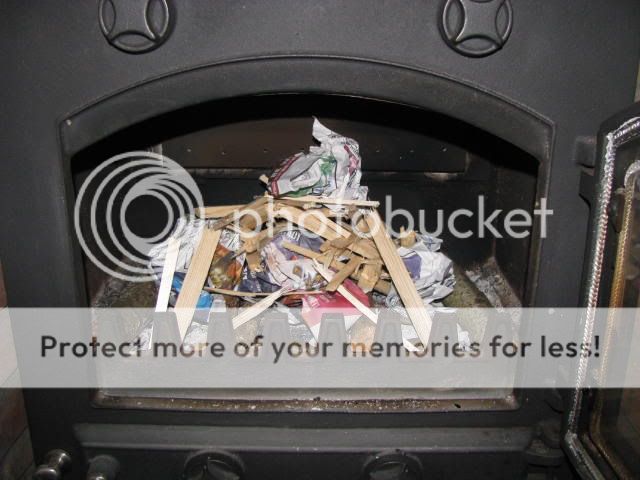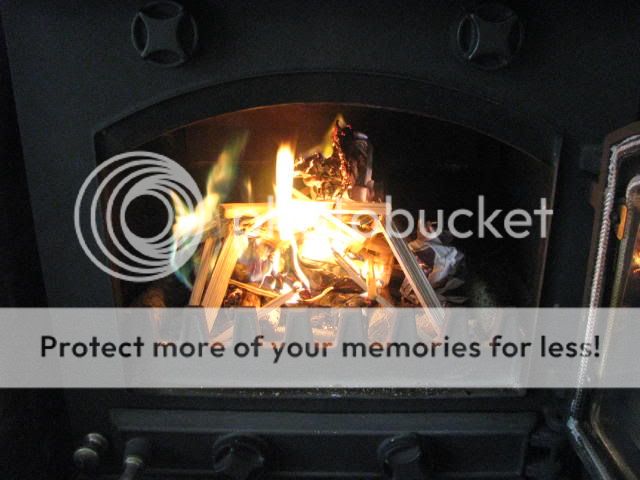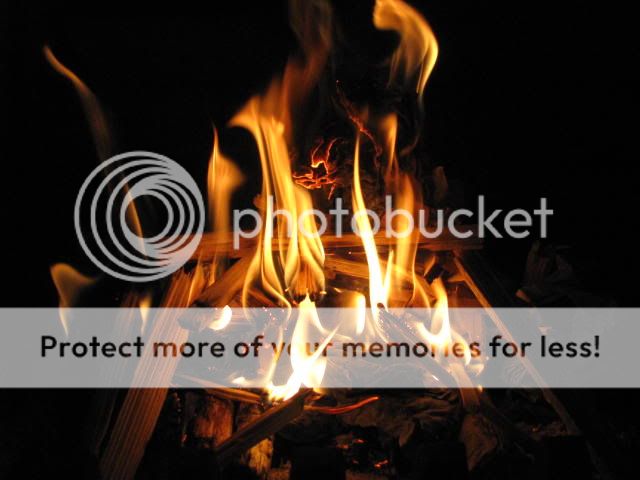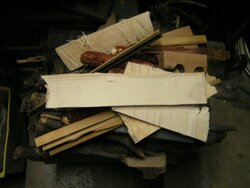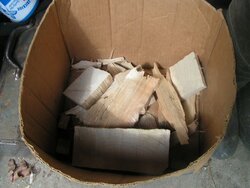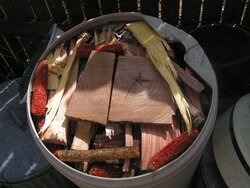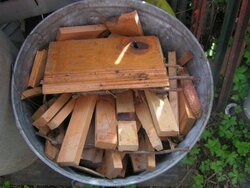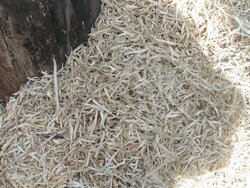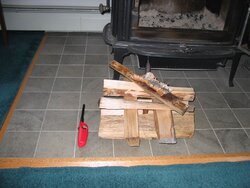firefighterjake
Minister of Fire
20 sticks of kindling? Holy cow . . .
I'm a semi-traditionalist when it comes to starting a fire from scratch . . . I still use kindling and newspaper, but I do the top down method. I stick with the familiar materials because I'm too darned cheap to buy commercial fire starters . . . and fact is . . . they work for me. I do the top down method though since that also works very well.
No pics here of my kindling . . . unless you do a search and you may find a pic I took of the kindling in one of my sheds. I would guess I use 3-6 sticks of kindling . . . size ranging from half an inch to two inches . . . most of it is either slabwood I've split up, old dimensional lumber scraps split up or some type of softwood (mostly white cedar) I've split up.
I'm a semi-traditionalist when it comes to starting a fire from scratch . . . I still use kindling and newspaper, but I do the top down method. I stick with the familiar materials because I'm too darned cheap to buy commercial fire starters . . . and fact is . . . they work for me. I do the top down method though since that also works very well.
No pics here of my kindling . . . unless you do a search and you may find a pic I took of the kindling in one of my sheds. I would guess I use 3-6 sticks of kindling . . . size ranging from half an inch to two inches . . . most of it is either slabwood I've split up, old dimensional lumber scraps split up or some type of softwood (mostly white cedar) I've split up.




